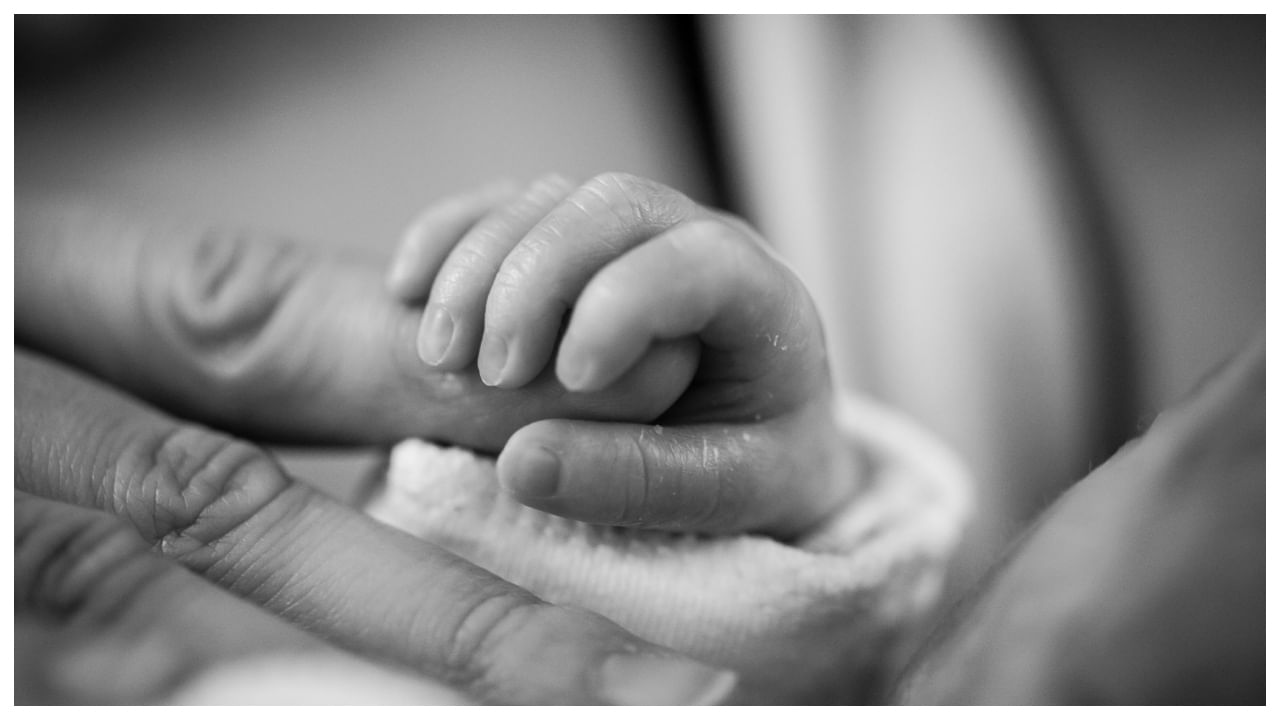New Delhi: 10 years after the UK earned the accolade of being the first-ever country to approve mitochondrial donation, its outcomes proved to be quite promising. Mitochondrial donation is a game-changing fertility treatment that aims at saving newborns from inherited mitochondrial diseases. An initiative of Newcastle University, it has led to the birth of eight children, and all are healthy. Although the same delivered promising results, it raised questions regarding future applications. The process involves combining DNA from three individuals – from the biological parents, one healthy mitochondrial DNA from a female donor.
This technique was developed to assist women carrying faulty mitochondrial genes, which could otherwise lead to serious conditions like Leigh syndrome—a rare disorder that impairs energy production in the cells and can be fatal in infancy.
The recent publication of findings in the New England Journal of Medicine marks a milestone, but it also highlights the gap between early promises and current realities. Despite projections that the technology could help around 150 families annually, only 32 approvals have been granted since the UK regulator permitted its use in 2017. Of those, just 22 treatments were carried out, resulting in eight live births.
One major concern is the delay in publicly sharing these outcomes. Citing rising public investment in the same and ethical debates on technology, transparent and timely communication is of the essence as it helps create awareness and fulfils the parenthood dream of affected families. Safety is also a concern – two of the eight children showed higher-than-expected maternal mitochondrial DNA, thereby raising the possibility that faulty ones could also surface.
Known as reversion, it could be a potential setback, suggesting that the process may not entirely prevent disorders, but it can lower the odds of it occurring. Seeing these developments, researchers describe their mitochondrial donation as a risk reduction rather than complete prevention. Does this reduced risk justify wider clinical use, especially when the long-term effects on children might largely be unknown?
Beyond the science, the human aspect must not be overlooked. The emotional and psychological toll on families who were approved but didn’t undergo treatment—or those for whom it didn’t work—must be acknowledged. How do these families process dashed hopes, particularly after years of advocacy, clinical appointments, and emotional investment? Furthermore, a deeper exploration into why only 22 of the 32 approved cases proceeded with the treatment would help improve future access and expectations.
While the birth of eight healthy children represents a significant scientific milestone and a beacon of hope for families affected by mitochondrial disorders, it also underscores the need for greater transparency, continued research, and realistic expectations. If the UK is to lead responsibly in this space, honest and consistent updates on both successes and limitations are essential. After all, scientific breakthroughs must be matched by ethical responsibility and open communication.
